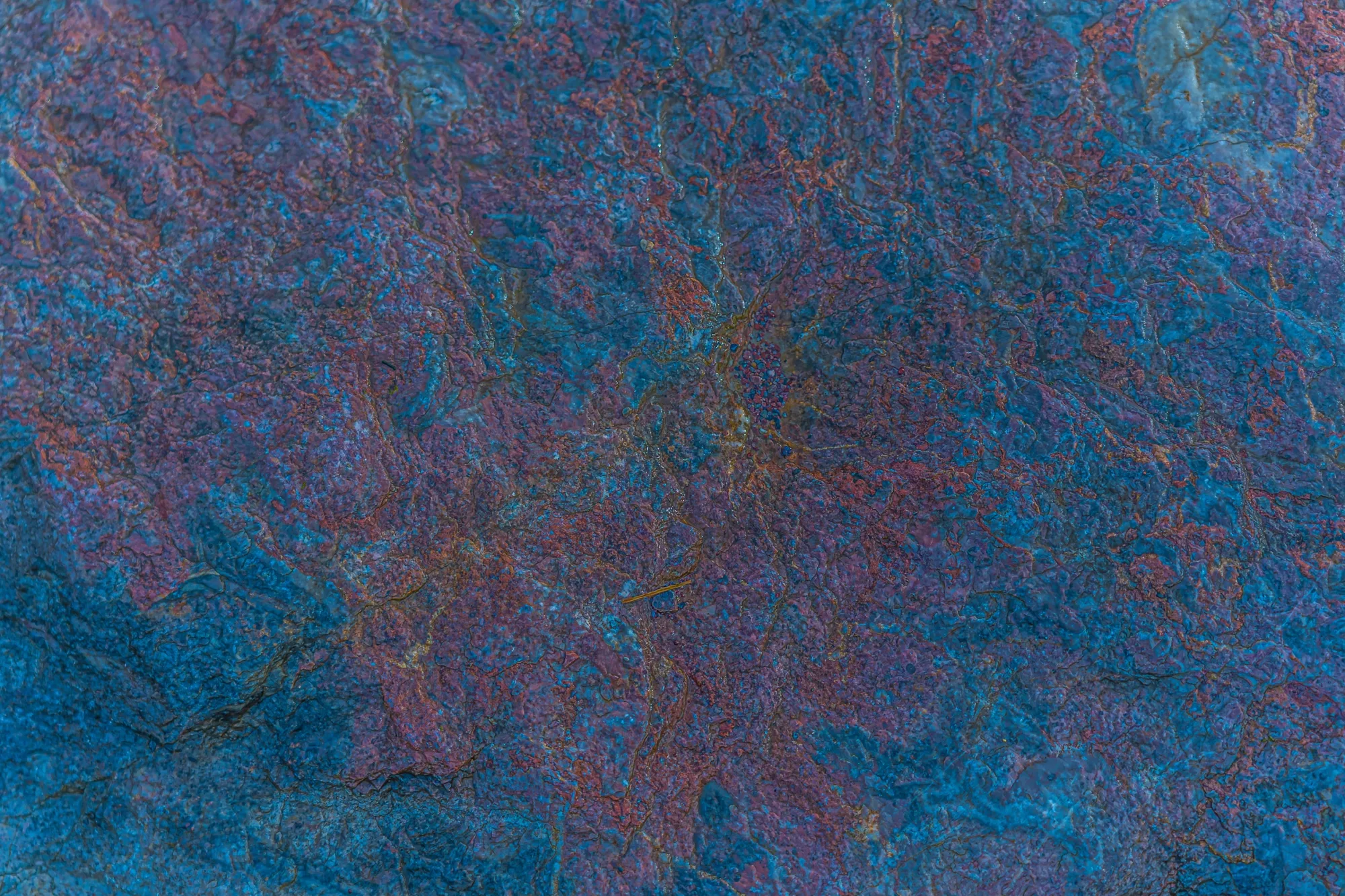
Organic Materials
Organic materials are products containing carbon and hydrogen atoms, often in combination with other elements. Reade organic materials are generally derived from living organisms and have unique properties that make them valuable in various applications. They can be tailored for specific properties, such as mechanical strength, flexibility, and conductivity. In many instances, they have the advantage of being renewable, biodegradable, and non-toxic, making them a more sustainable choice than traditional materials.


Sort
-
- Alphabetical (A-Z)
- Alphabetical (Z-A)
Search: ""
No results
Activated carbon, also called activated charcoal, is highly porous, contributing to its very large surface area. Its surface is also very reactive. It is a very useful adsorbent used in many filter systems to purify, dechlorinate, deodorize, and decolorize both liquid and vapor applications. Activated carbon is usually derived from waste products such as coconut or wood, where bulk sources are converted into charcoal before being 'activated.' Activated carbon from coal is referred to as activated coal. Activated carbons are economical adsorbents for many industries and purposes. Different types of activated carbon are suited for various specialized applications, with grade and size-specific applications.
Avocado stone is a natural organic material with most of the nutrients contained in its large, heavy stone. It is richer in amino acids, vitamins, and soluble fibers than any other fruit or vegetable. Avocado stone has a high antioxidant content making it attractive for many herbal remedies and anti-aging formulations. The powder has a somewhat nutty flavor. Due to its relatively high oil content, it should be eaten and processed in a fresh state.
Bone Char is a granular material produced by charring bovine bones: the bones are heated to high temperatures (in the range of 400 to 500 °C), and a unique form of activated carbon is created. Bone char consists mainly of calcium phosphate (Ca₃(PO₄)₂), Calcium Carbonate (CaCO₃), and a small amount of carbon (~12%); however, the quality of the bone chars is controlled by the amount of oxygen present in the charring atmosphere. Bone chars usually have a lower surface area than activated carbons but present high adsorptive capacities for copper, zinc, and cadmium. The carbonized material possesses great mechanical strength and improved adsorption of many chemicals, e.g., Fluorine, Chlorine, Lead, and many more.
Diatomaceous earth, also known as Diatomaceous silica (SiO₂*nH₂O), is the fossilized remains of tiny, aquatic organisms called diatoms that have accumulated, creating silica deposits. DE has high absorption, low bulk density, and high brightness. There are two primary types of diatomaceous earth deposits - saltwater and freshwater. Saltwater DE is commercially processed in the United States and primarily used as a filter aid. Freshwater DE is ideal for agricultural uses because it typically has a low crystalline silica content (amorphous), is highly absorptive, and is an ancient pest control agent. As awareness of and concern about chemical pesticides grow, diatomaceous earth has increased interest as a non-toxic and natural alternative. It is also seen as a natural anti-parasitic by farmers and ranchers.